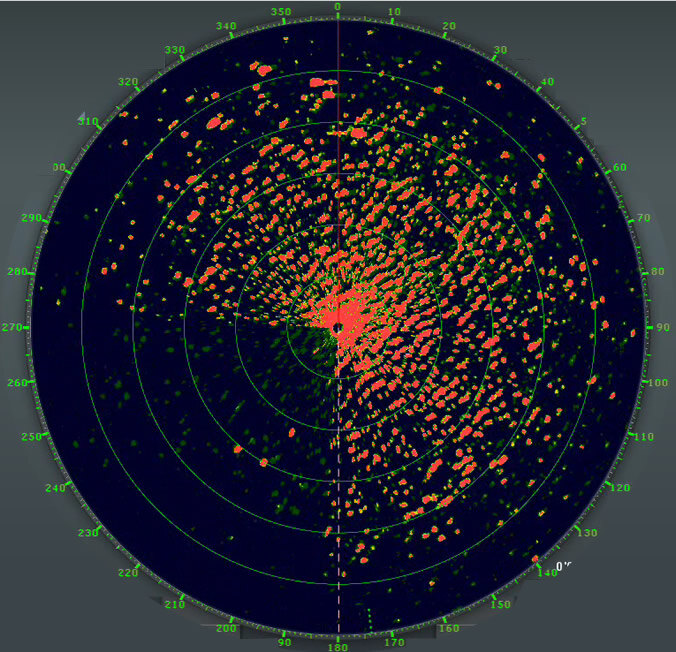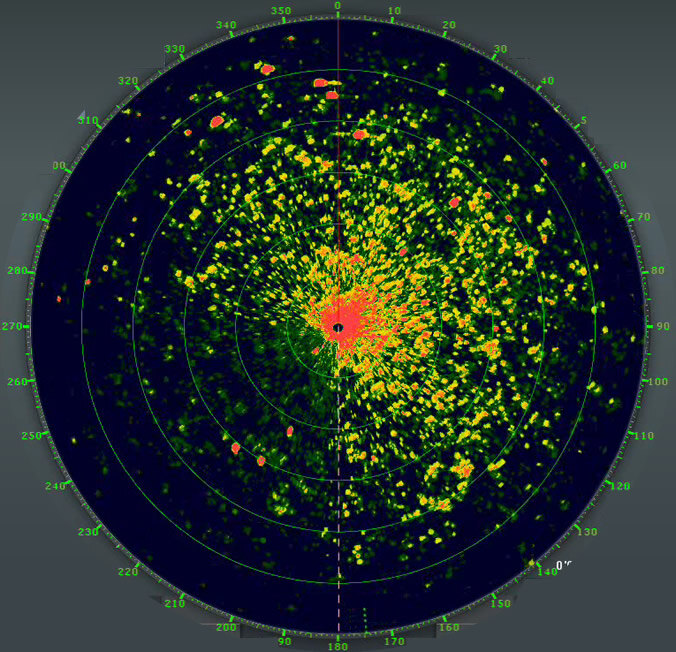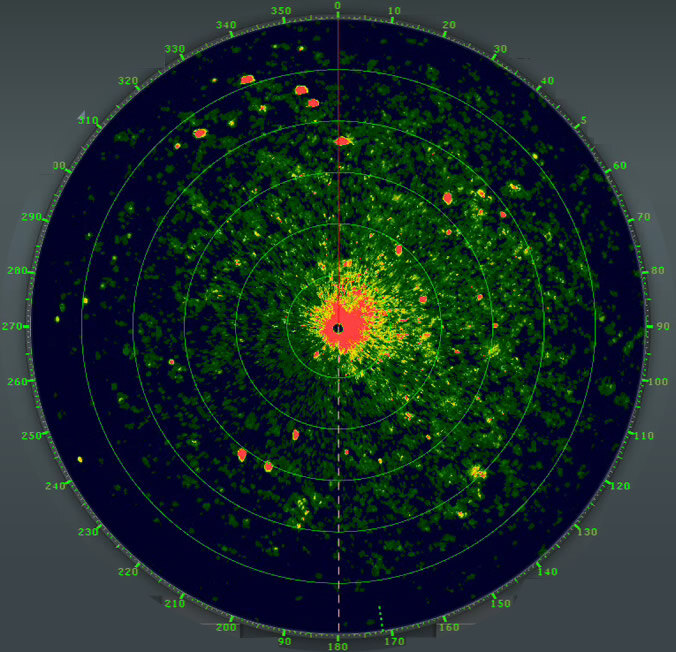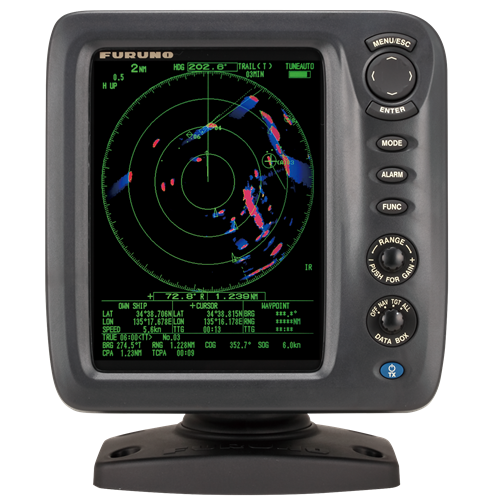Echo Average
Signal processing (EAV) suppresses unwanted echoes, making other vessels' echoes distinguishable.
What is Echo Average?
Furuno's Echo Average is a technology employing image correlation to suppress unnecessary echoes, helping distinguish vessels from unwanted signals.
Echo Average by Furuno is an advanced radar technology designed to enhance the detection and stability of radar targets by averaging the echoes received over a period of time.
This technology is integral to Furuno's radar systems, aimed at improving the accuracy and reliability of the radar imagery, particularly in high sea states or other challenging marine environments where radar echoes may be intermittently obscured or distorted.
FURUNO TECHNOLOGY
How does Echo Average work?
EAV highlights ships while reducing noise by gradually suppressing irregular echoes
/img_eav01_en.gif?width=600&height=496&name=img_eav01_en.gif)
/Echo%20average.jpg?width=540&height=810&name=Echo%20average.jpg)
Echo Average, another pioneering radar technology by Furuno
With EAV activated, irregular echoes displayed on the screen, like reflections of sea surface waves, are minimized, leaving only stable echoes with stronger colors. EAV technology was initially commercialized by Furuno, who continuously improved it by incorporating regular user feedback. This feedback has been particularly crucial for fishing vessel radars, which need different Echo Average settings for various maritime conditions and objectives. For instance, it led to the development of a new EAV mode that enhances the visibility of fishing floats attached to the fishing line.
Senior Engineer
at Furuno
"EAV technology represents a significant advancement in marine navigation radars by effectively highlighting ships and simultaneously reducing noise through the suppression of irregular echoes. This innovation enhances safety and efficiency, ensuring that our users can navigate with confidence in even the most challenging environments."

Echo clutter at the start of the scan

Echo reflection of sea surface gradually reduced

Only echoes from other ships remain

Radar echoes displayed on the map
To safeguard fragile ecosystems and combat illegal fishing, unauthorized anchoring, or other threats to marine protected areas.
Radar - High - Definition Digital Vision For Your Boat, Ensuring the safety of your voyage
Discover the latest in maritime safety and comfort with Furuno's advanced radar technology. Wheter you're navigating through calm waters or facing challenging conditions, Furuno's radars are designed to ensure your journey is secure. Equip your vessel with a radard that provides critical visibility and protection against potential hazards. Explore the innovative technologies that make Furuno radars a trusted choice for seafarers worldwide.

Line of sight of a Radar
Radar waves propagate along Earth's surface, but due to diffraction effect, these waves propagate in a slightly curved manner. The degree of diffraction is determined by many factors including atmosphere density. In general, the diffraction curve allows the wave to go beyond the line-of-sight by about 6%
Radar waves propagate along Earth's surface, but due to diffraction effect, these waves propagate in a slightly curved manner. The degree of diffraction is determined by many factors including atmosphere density. In general, the diffraction curve allows the wave to go beyond the line-of-sight by about 6%
Understanding Echo Average in Furuno radars
Products employing this radar technology
These radars were developed to enhance visibility by helping distinguish echoes of other vessels from unwanted echoes.


RADAR
Our radars deliver accurate images and reliability in all environments, combining superior performance with durability against harsh conditions.
SONAR
Our sonar technologies offer unparalleled accuracy and sustainability, ensuring optimal performance and eco-friendly practices for all fishing vessels.
FISH FINDER
Furuno's fish finder technologies have revolutionized fishing, offering unparalleled accuracy and reliability since their inception.
AUTOPILOT
Furuno's autopilot technologies enhance navigation safety and precision through advanced algorithms, real-time adjustments, and user-friendly interfaces.
CHARTPLOTTER
Our chartplotter technologies enhance maritime safety and simplify navigation by providing real-time data, precise positioning, and the best marine charts.
USER INTERFACE
User interface technologies simplify marine instrument operation, enhancing navigation efficiency and safety with intuitive, user-friendly controls.
Line of sight of a Radar
Radar waves propagate along Earth's surface, but due to diffraction effect, these waves propagate in a slightly curved manner. The degree of diffraction is determined by many factors including atmosphere density. In general, the diffraction curve allows the wave to go beyond the line-of-sight by about 6%
D=2.2(√H1 + √H2)
D: Radar line-of-sight (NM)
H1: Altitude at which the Radar is installed (m)
H2:Altitude of the object reverberating the signal (m)
RADAR PRODUCTS
Contact one of our departments to solve your problem
ACCESORIES
Contact one of our departments to solve your problem



1815
€120
VAT Included (20%)

1815
€120
VAT Included (20%)

1815
€120
VAT Included (20%)

1815
€120
VAT Included (20%)

1815
€120
VAT Included (20%)

1815
€120
VAT Included (20%)